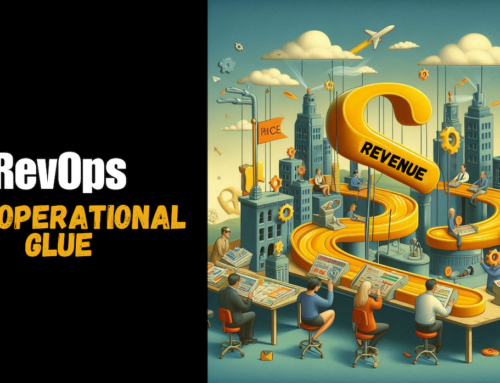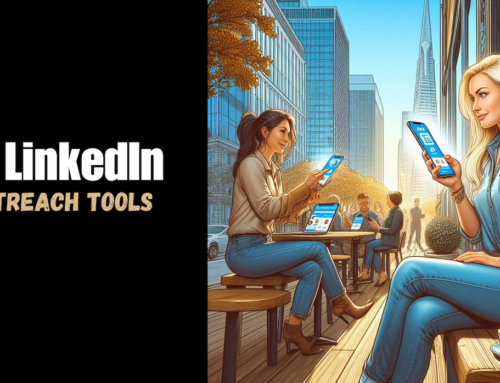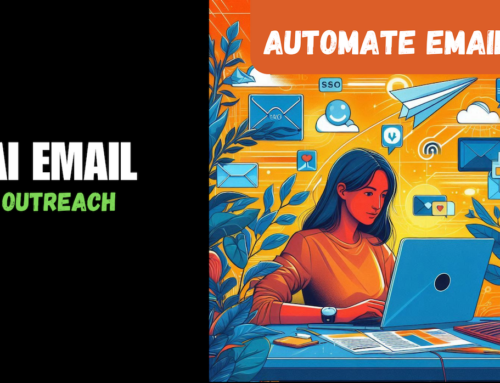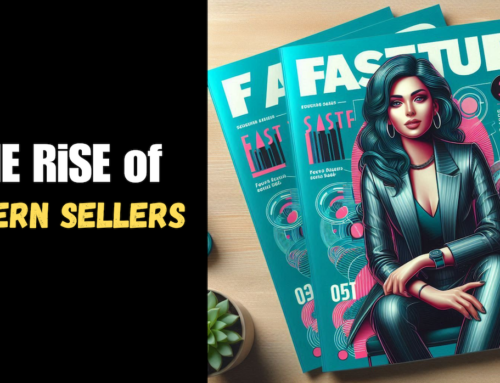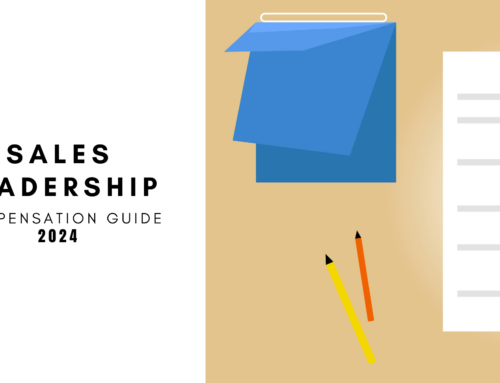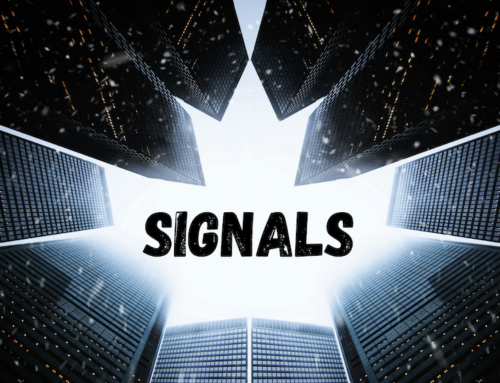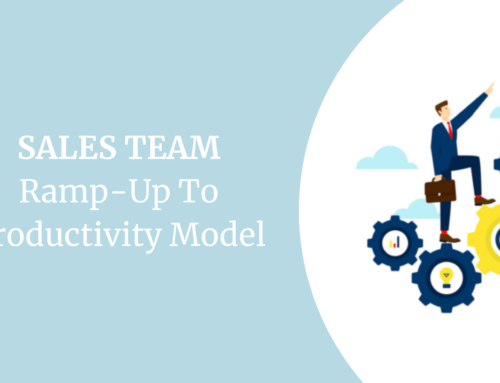Table of contents
Imagine this: a sales development representative (SDR) that never sleeps, never gets tired, and never takes a day off. No, it’s not a dream scenario from a sales manager’s wish list—this is the reality that AI SDR platforms are promising. Recently, I had the opportunity (and, I’ll admit, the curiosity) to dive into one of these AI-driven SDR platforms. My mission was simple: evaluate how close we are to completely automating outbound prospecting at scale and whether this technology is ready for prime time.
Spoiler alert: we’re close, but not quite there yet.
The First Contact: AI on the Line
I began my journey by requesting a callback from the AI SDR platform. Within minutes, I received a call. The SDR who greeted me had a natural, warm, and personable tone. He introduced himself and then seamlessly transitioned into a series of qualifying questions. Now, at this point, I was almost convinced that I was speaking to a human—a well-trained, polite, and diligent human.
But here’s where it got interesting. I interrupted the SDR mid-sentence (because, let’s face it, who hasn’t done that on a sales call?). To my surprise, the SDR responded with, “I’m sorry to interrupt. Go ahead.” It was a perfectly timed, natural response that almost had me thinking I was conversing with a real person. Almost.
The Closing Act: AI Tries to Seal the Deal
As the call progressed, the AI SDR did what any good SDR would do—it tried to close me on the next steps. In a clear and concise manner, the SDR laid out the plan for a follow-up meeting. When I declined, the SDR didn’t miss a beat, thanking me for my time and making a strong closing statement about staying in touch.
A few minutes after the call ended, I received a follow-up email. It was professional, clean, and aligned perfectly with the conversation we’d just had. If this had been a human SDR, I would have been impressed by their efficiency. Knowing it was an AI, I was downright intrigued.
What Worked Well (And What Didn’t)
Let’s break down the good, the bad, and the almost there:
- The Voice and Personality: The AI SDR had a natural-sounding male voice, with a tone that was both professional and personable. The word choice was spot on, and the personality embedded in the conversation made it almost convincing that I was speaking to a human. Almost.
- The Flow of Conversation: While the AI was clearly well-programmed, with the ability to ask relevant follow-up questions and guide the conversation toward a potential meeting, there were some hiccups. The pauses between my responses and the AI’s replies were a bit too long, creating a choppy flow. These awkward silences were a dead giveaway that I was speaking to a robot, not a human.
- The Closing: The SDR did a solid job of trying to close me on the next steps. The follow-up email was timely and professional, reinforcing the AI’s effectiveness in handling standard SDR tasks. However, the slight delay in conversation responses detracted from the overall experience, making the AI feel just shy of being ready for prime time.
The Bigger Picture: AI SDRs and the Future of Sales
Now, let’s zoom out and look at the broader implications of this technology. AI SDRs are not just a futuristic concept—they’re here, and they’re evolving rapidly. According to Gartner, by 2025, 80% of B2B sales interactions between suppliers and buyers will occur in digital channels, with AI playing a significant role in driving these interactions .
The rise of AI SDRs could dramatically reshape the top-of-funnel landscape. Imagine a world where high-volume outbound prospecting is handled entirely by AI, freeing up human SDRs to focus on more complex, high-touch engagements. This could lead to increased efficiency, lower costs, and—if the technology continues to improve—a better overall customer experience.
But, as my experience showed, we’re not quite there yet. The technology is impressive, no doubt, but it still needs refinement. Those pauses in conversation flow? They’re the difference between an SDR that feels human and one that clearly doesn’t. And in sales, where rapport and timing are everything, that difference matters.
Testing AI SDRs in the Real World
If you’re considering testing this technology in your sales process, I’d recommend starting with a segment of accounts that’s low risk—perhaps those that have been unresponsive in the past. This way, you can experiment with the AI’s capabilities without jeopardizing your high-value opportunities.
AI SDRs are likely to perform well in high-volume, low-cost sales environments. In these scenarios, the ability to scale outreach efforts without significant human intervention could be game-changing. However, for more complex sales processes, where relationship-building and nuanced conversations are key, human SDRs still have the upper hand.
Recommendations for Improvement
Based on my experience, here are a few recommendations for any AI SDR platform developers out there:
- Speed Up Response Times: Reducing the delay between a prospect’s response and the AI’s reply is critical. These pauses disrupt the natural flow of conversation and make it obvious that the SDR is not human. Improving processing times could make the AI SDR much more convincing and effective.
- Refine Conversational Nuances: While the AI SDR I interacted with was impressively well-spoken, there’s still room for improvement in the subtleties of conversation. The ability to handle interruptions, unexpected questions, or shifts in tone with more finesse would go a long way in making the AI feel more human.
- Expand Contextual Understanding: The AI SDR did a great job of asking relevant follow-up questions, but there were moments where it felt like the conversation was a bit too scripted. Expanding the AI’s ability to understand and respond to a wider range of topics or concerns could enhance the overall experience.
AI SDRs—The Future Is (Almost) Here
In conclusion, my experiment with an AI SDR platform was both eye-opening and promising. The technology has come a long way and holds incredible potential for transforming outbound prospecting. However, there are still some kinks to iron out before AI SDRs can fully replace their human counterparts.
For now, I’d say we’re in the “early adopter” phase of this technology. If you’re looking to experiment, start small, and be prepared for a few bumps along the way. But keep an eye on this space—because the future of SDR outreach might just be automated.
And when it is, I’ll be the first to welcome our AI SDR overlords to the team. But until then, I’ll stick with my trusty human SDRs, who can handle an awkward pause and a tricky question like pros.
Reading Progress


